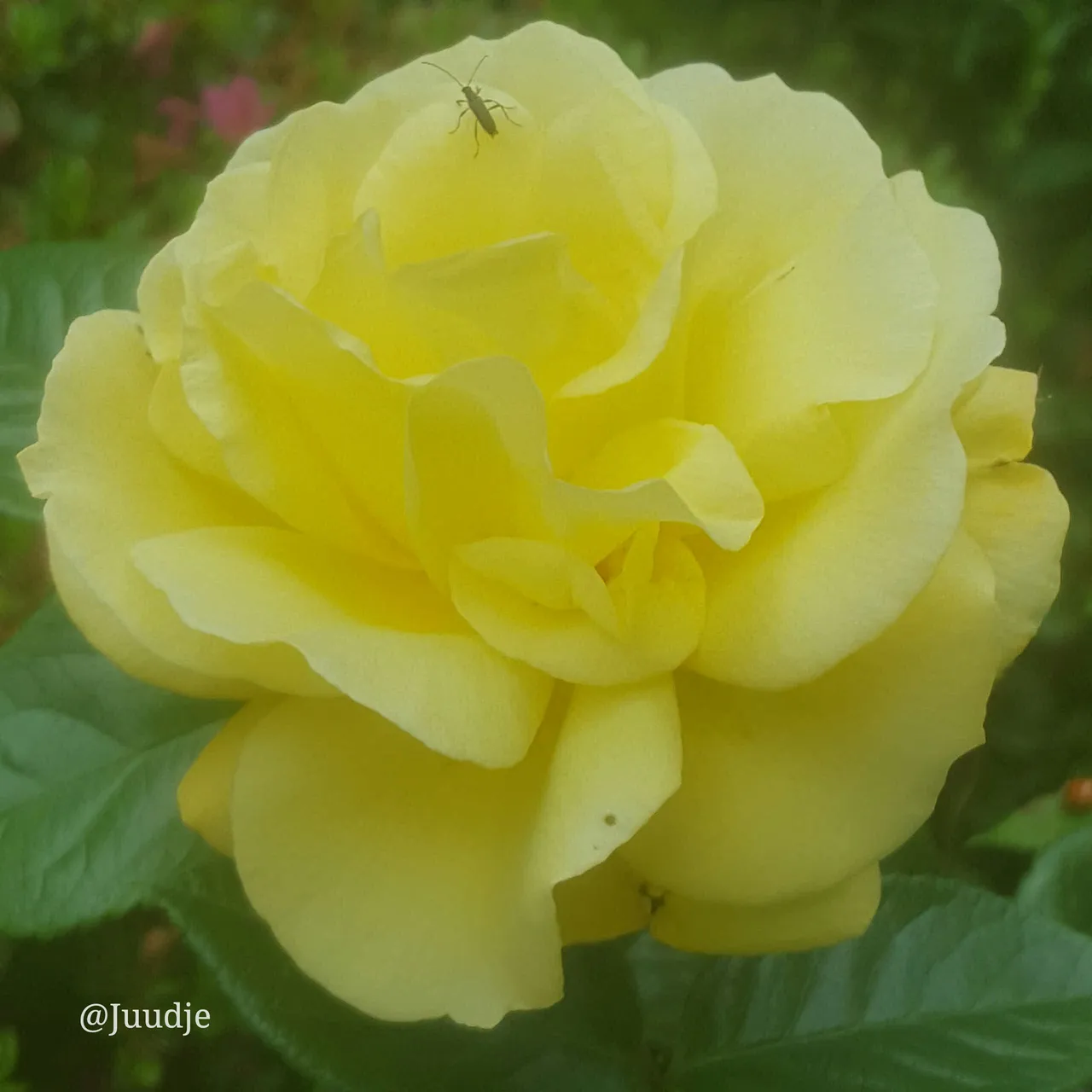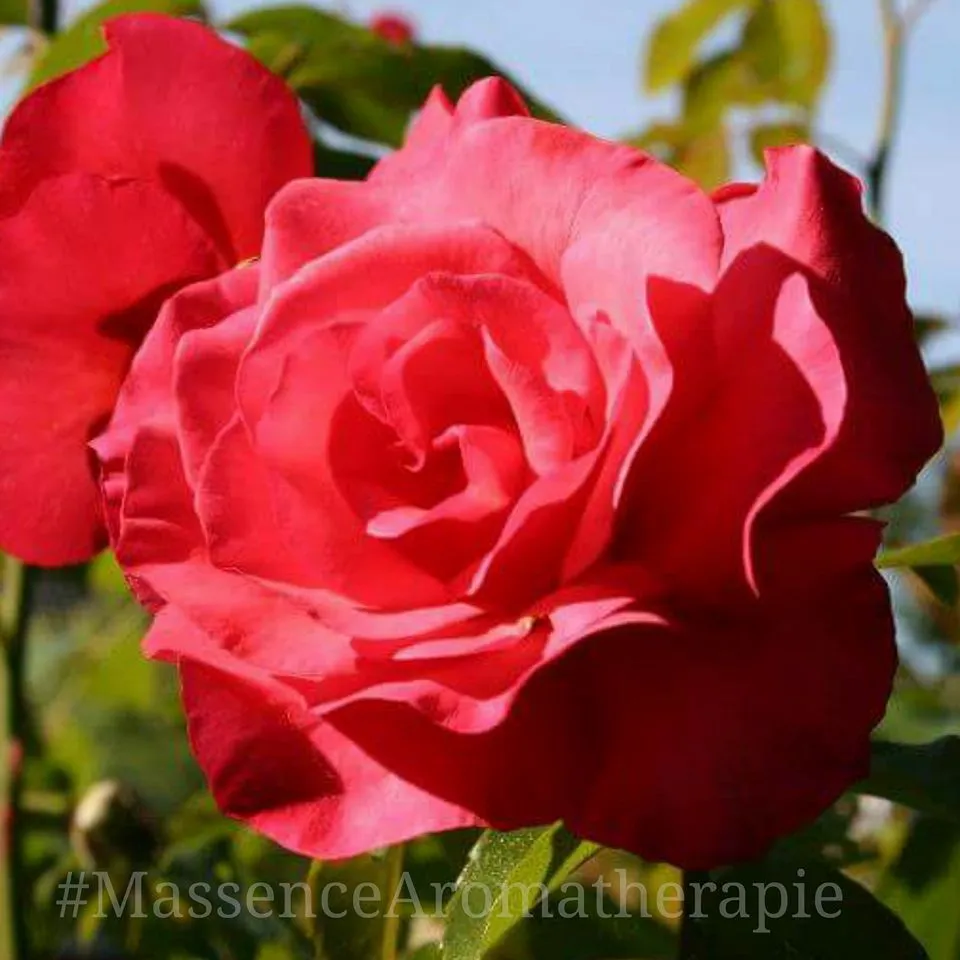
A rose is a rose, is a rose.....is a rose.
The genus ‘rosa’ contains more than 500 wild species and many more cultivated ones.
Cultivation began 5000 years ago in China and was taken up by the Greeks (the word roses comes from ‘rodon’ which meant ‘red’) and in imitation the Romans made lavish use of the rose; the petals decorated banquets and floors and were used excessivly for bathing too.
A white rose above the table was the sign that the company at the table could speak freely and that all members of the company would keep this conversation a secret.
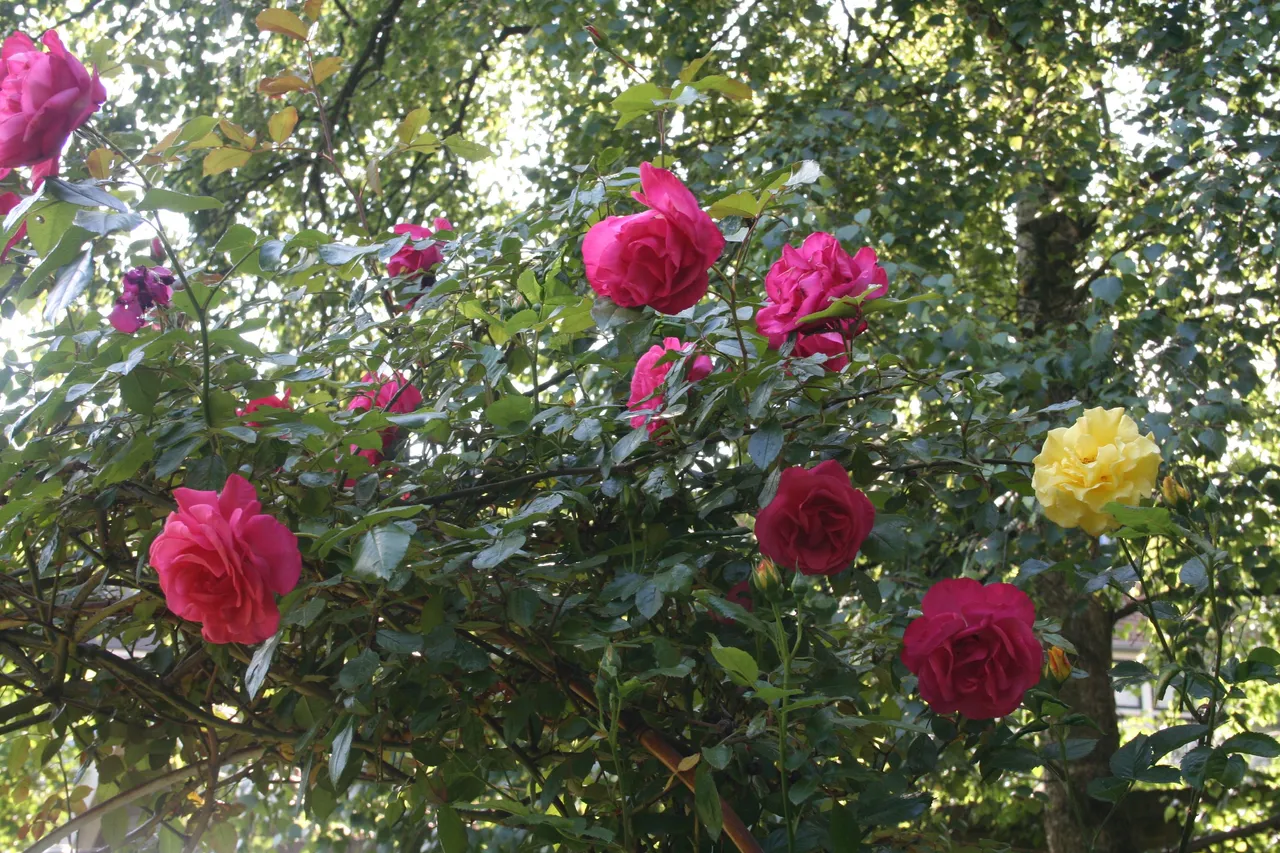
There are only 30 fragrant species in Europe that are mostly cultivated out of three parents:
The Rosa gallica var officinalis is the Fragrant parent of most roses, its called the French rose or ‘rose of anatolia’ or ‘the apothecary rose’.
Then there was the persian Rosa centifolia, which was called the Provence rose or ‘rose of Ispahan’.
After the Crusades of the 14th century the crusaders brought back from Syria the Damascena Rose.
Most of the European species come from the Rosa Gallica, except the Rosa moscata (India) and the Rosa richardii (Ethiopia).
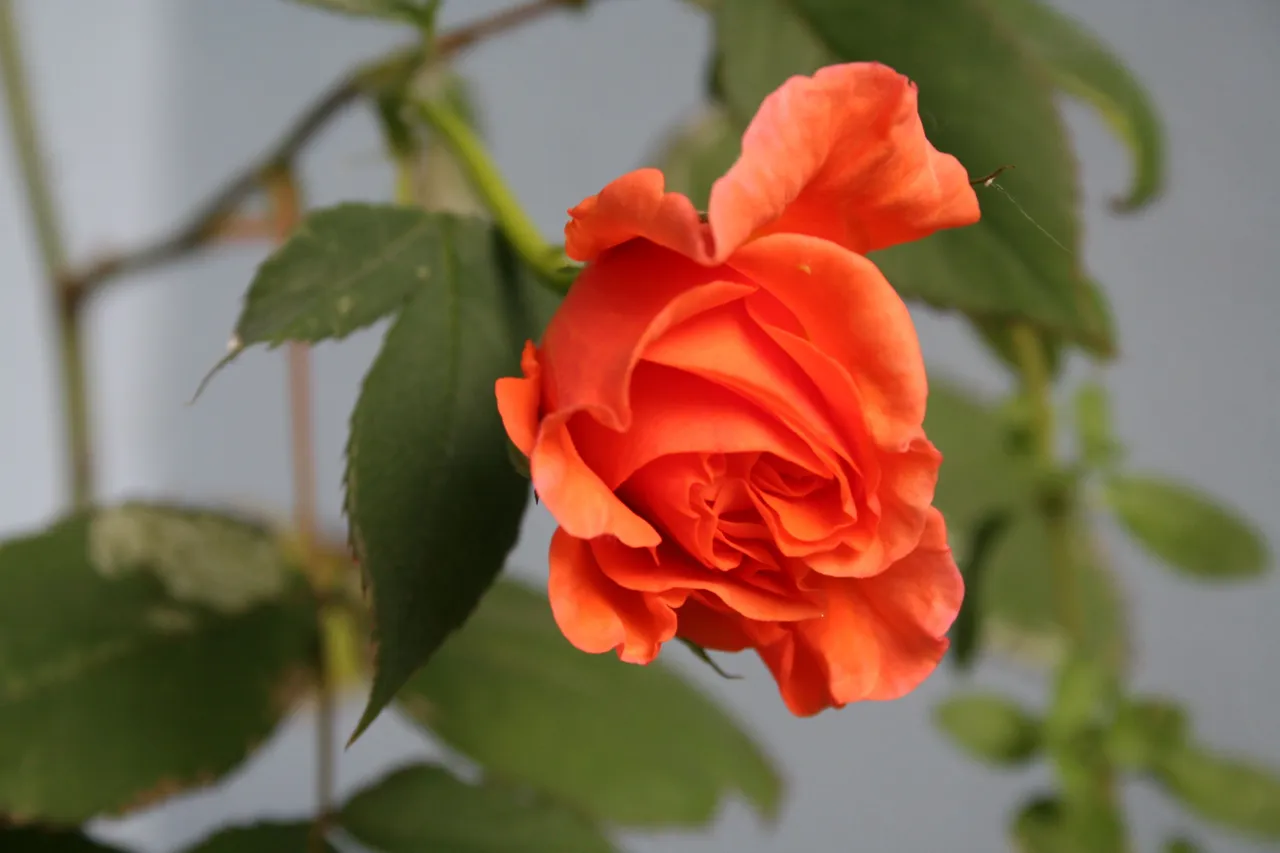
In ancient Greece the rose belonged to Aphrodite; daughter of Zeuss who’s beauty was unmatched. She was the godess of Love and hence the association of the rose with love and all affairs of the heart.
Eva took out of Eeden a white rose; a token of innocence, but it turned red – this was a symbol for the blood that had to be paid to leave paradise; red beeing now the color of earthly love.
In alchemy the rose is symbol for the ‘quint essentia’: the original rose had five leaves. In alchemy the rose was linked to ‘personal and inner growth’ that reaches his top in the quint essentia.
Modern production of rose water started with the Persian chemist Avicenna in the early middel ages since he added to the distillation, which was way older than that, the use of the ‘refrigerated coil’. In those days rose oil was a by-product, as is nowadays the rose water.
For 1 kilo rose essence there are 1000 kgram fresh rose petals needed, but a second distillation out of the rose water makes the distillation more profitable. This essence forms a semi- solid crystalline mass under when its cooled and Mary Modeer tells us that this is an excellent test for purity: when cooled in the fridge its should form white colorless blades of crystals. Undisclosed diluents remain in a liquid form and are seperated out.
Because this oil is costly, this happens a lot…..
Another (less reliable) way to test is to put a little bit of oil with your finger on the tip of the tongue – this should not give a tingling sensation when its pure, if it does its not a pure oil.
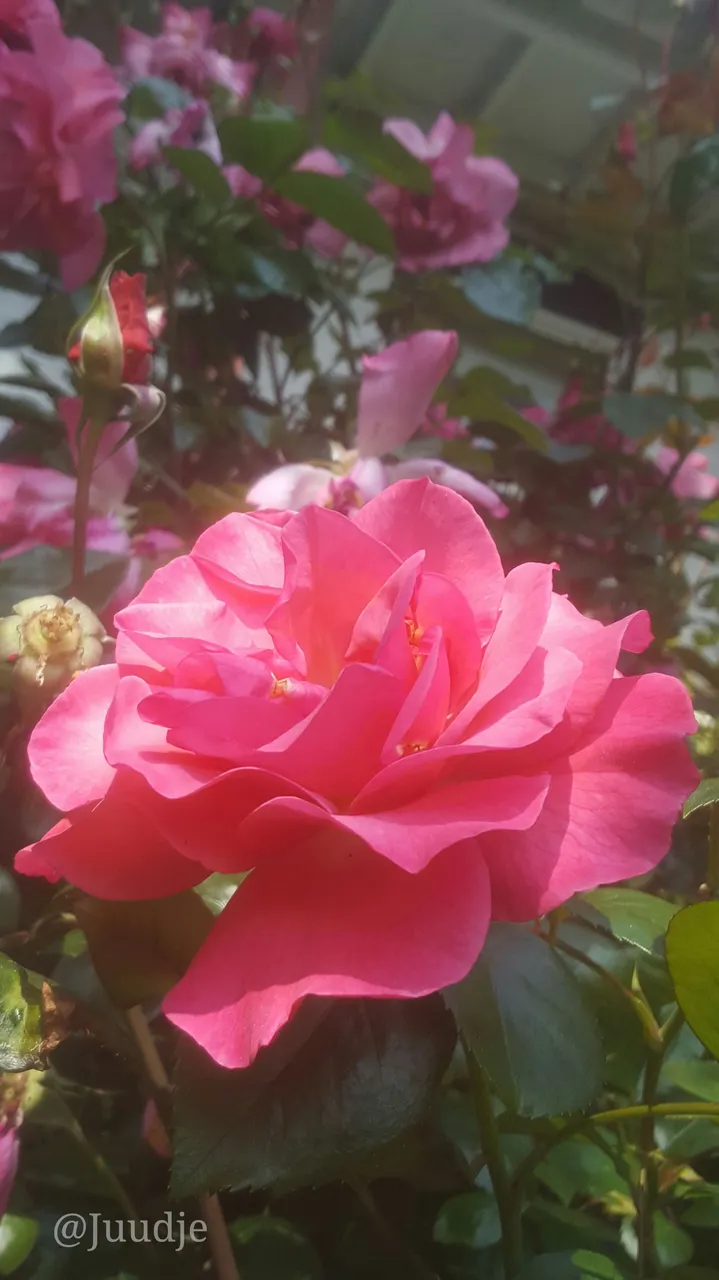
The power of the rose lies mainly in its capacity to heal fysical and emotional wounds.
Mary Modeer says: “we don’t automatically reach for our rose oil when we have an injury. But you may be surprised to learn its an effective topical analgestic. That action, coupled with its antibacterial and anifungal actions provides a powerful but pleasant smelling therapeutic application with potential supportive fora n number of issues you may have to deal with at home or while traveling: abrasions, rashes, sores, tinea, thrush (oral) and both mouth and tongue ulcers.
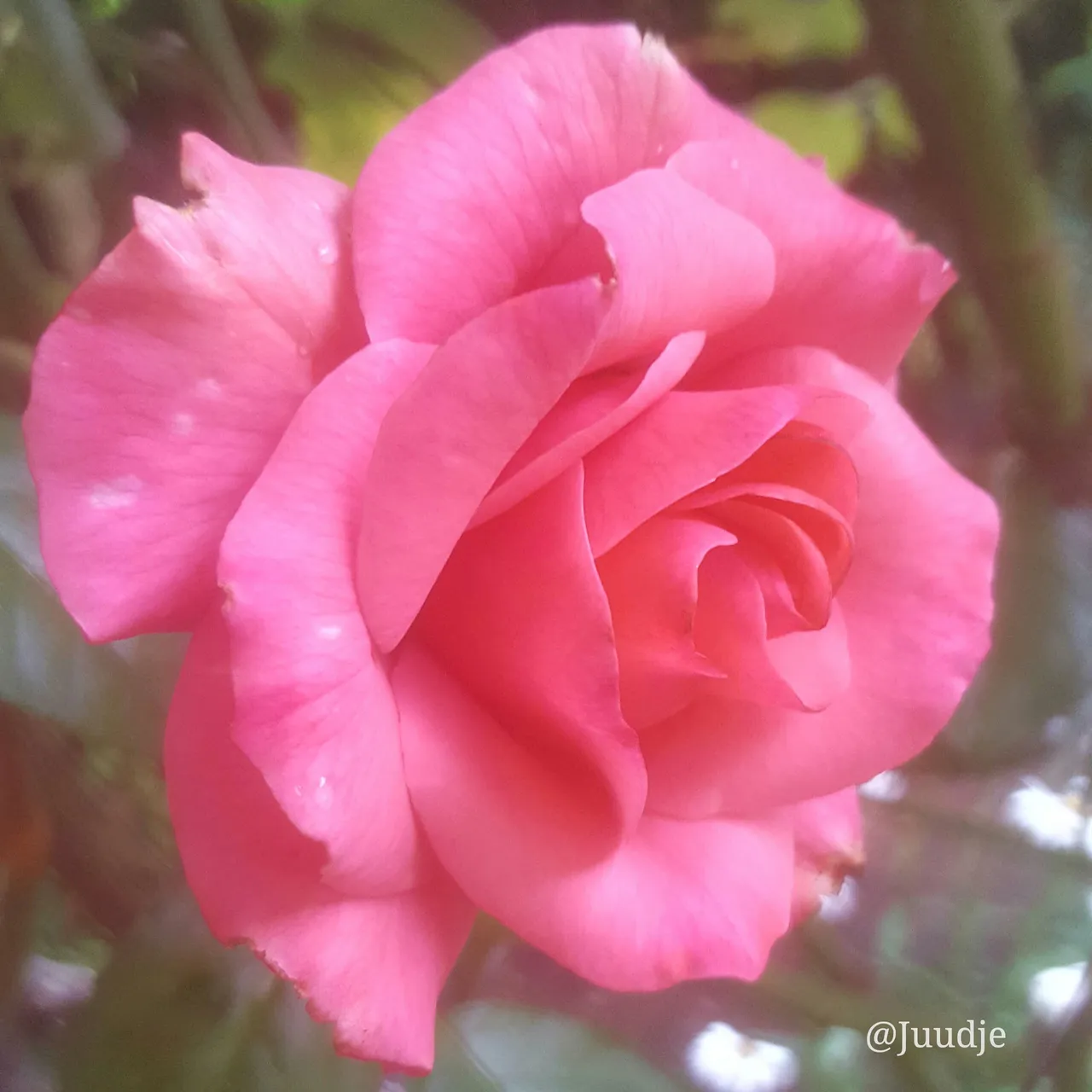
Rejection by or the loss of our beloved ones can hurt us deeply and may have as consequence that we turn away from our inner feelings, hence we loose the capacity to love our Selves. Roses are the symbol of healing this pain on the emotional- and soul level. When we don’t love our Selves there is a risk of developping depression, rose can get us out of there.
Roos otto, which is an ancient name for the essential oil of rose, can very succesful be used in cognitive therapy like psycho-dynamic coaching but is also an excellent tool in the end of life care nursery.
This oil can make that a dying person can find peace with its inner self, that is needed to be able to leave this earthly life.
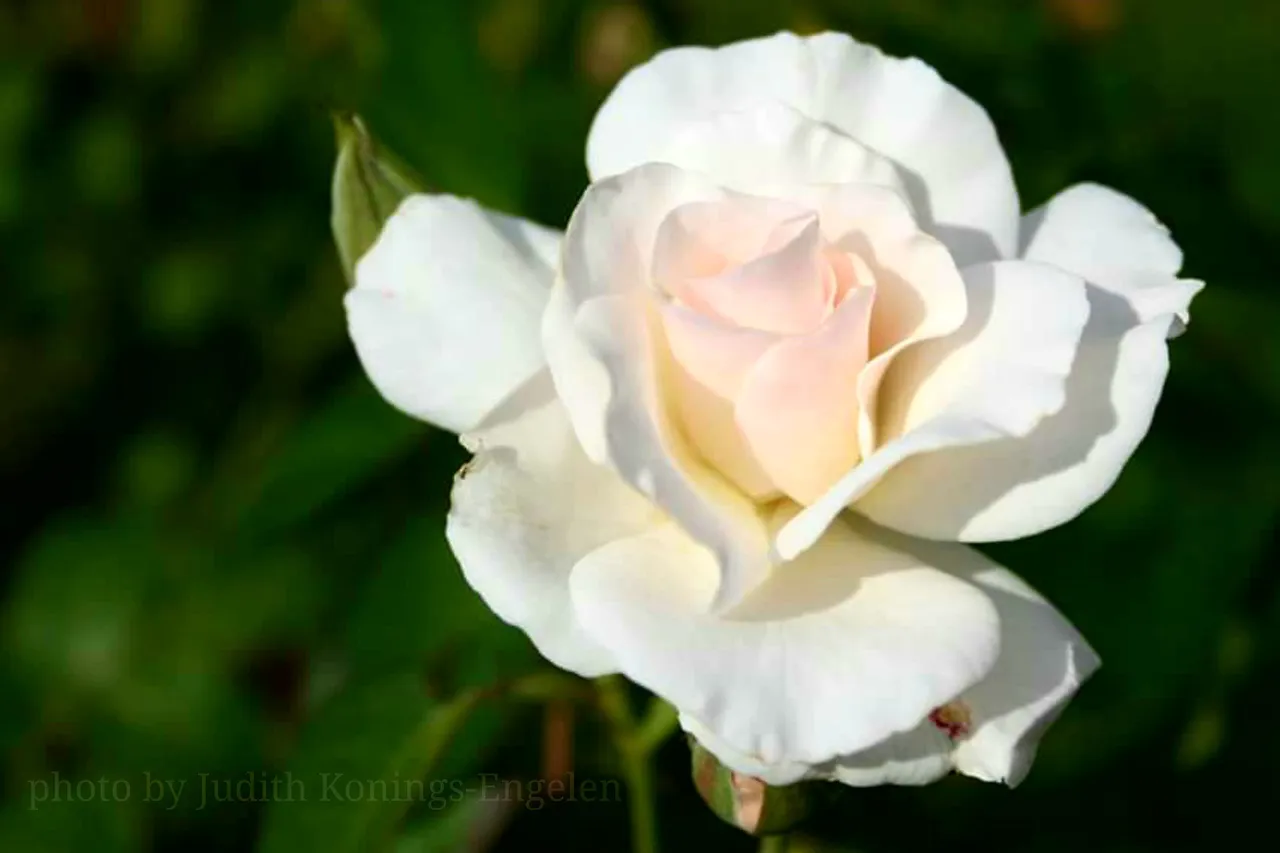
Body massages with rose otto have a balancing effect on hormonal fluctuations, especially in menopause. It can cool down the hot flashes (you could use a spray for this mather from the hydrosol of rose to which you add a drop or three rose otto) ; its deeply calming on the nervous system and emotional uplifting.
It cools down the liver Qi when this gets too strong; this makes rose otto a good therapeutic oil to reduce anger .
There is no need to use 10 or more drops for a full body massage. I like to make a liter rose oil, once in a while: 1 liter sweet almond oil with 10% jojoba wax and 10% avacado oil, in which you dilute 2.5 ml rose essence. Add a few drops of styrax to fixate the rose scent deeply in the oil. This blend will get better over the time and is a very powerful massage oil, that can very well be used for facial applications too.
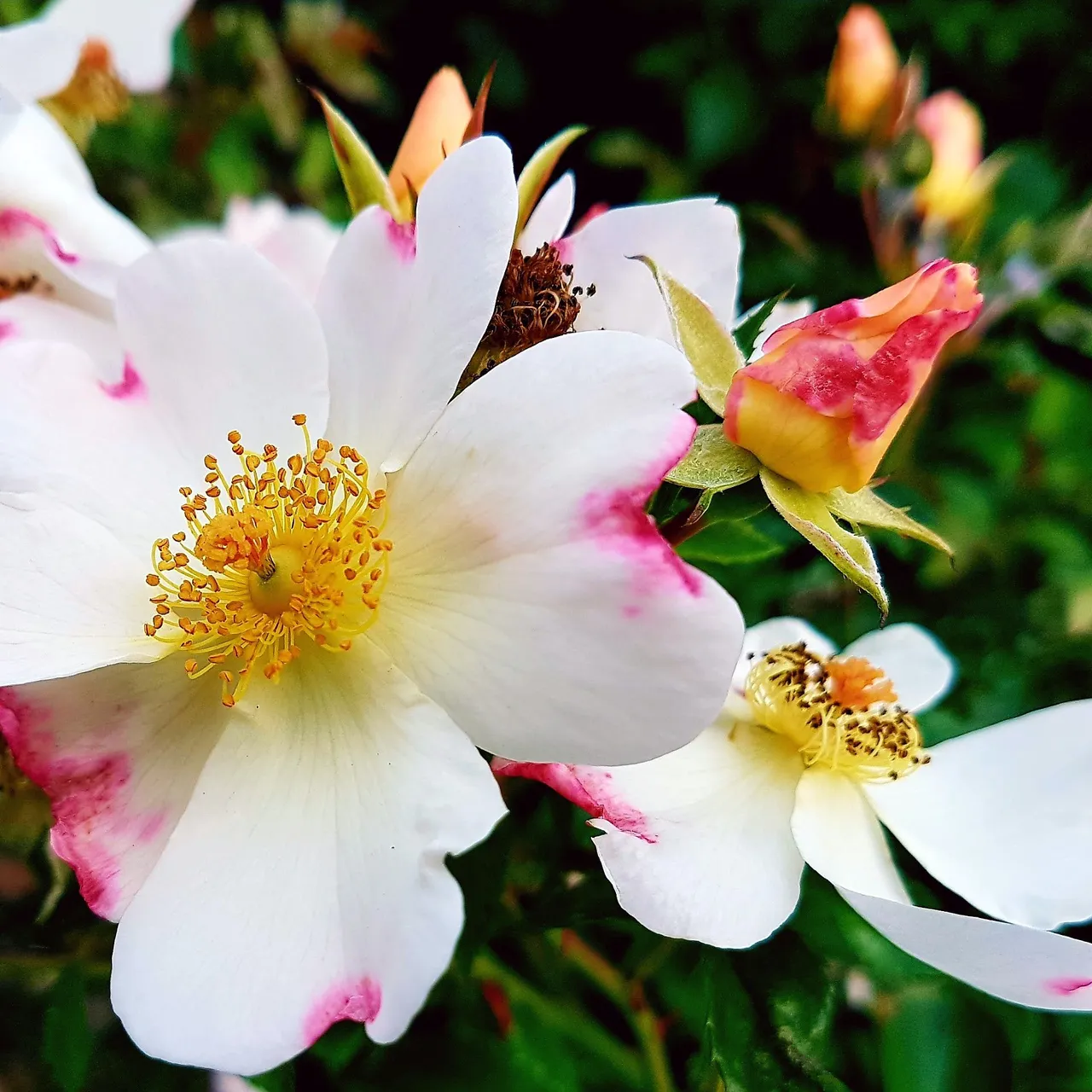
Cosmetical used of rose are many; rose otto is balancing, cleansing and moisturising and very effective to use on scar tissue. Rose water or hydrosols are very nice moisturisers to use on a daily base under your daycream.
The cosmetic use of rose otto in skin care is an excellent therapeutic way to give yourself the love that you need to give yourself to heal from emotional scars too
I like to bake a rose cake once in a while; its such a lovely cake to serve in summer with fresh strawberries (and cream if you like ;-)….). Just make your regular cake and add 1 or two drops of pure rose otto.
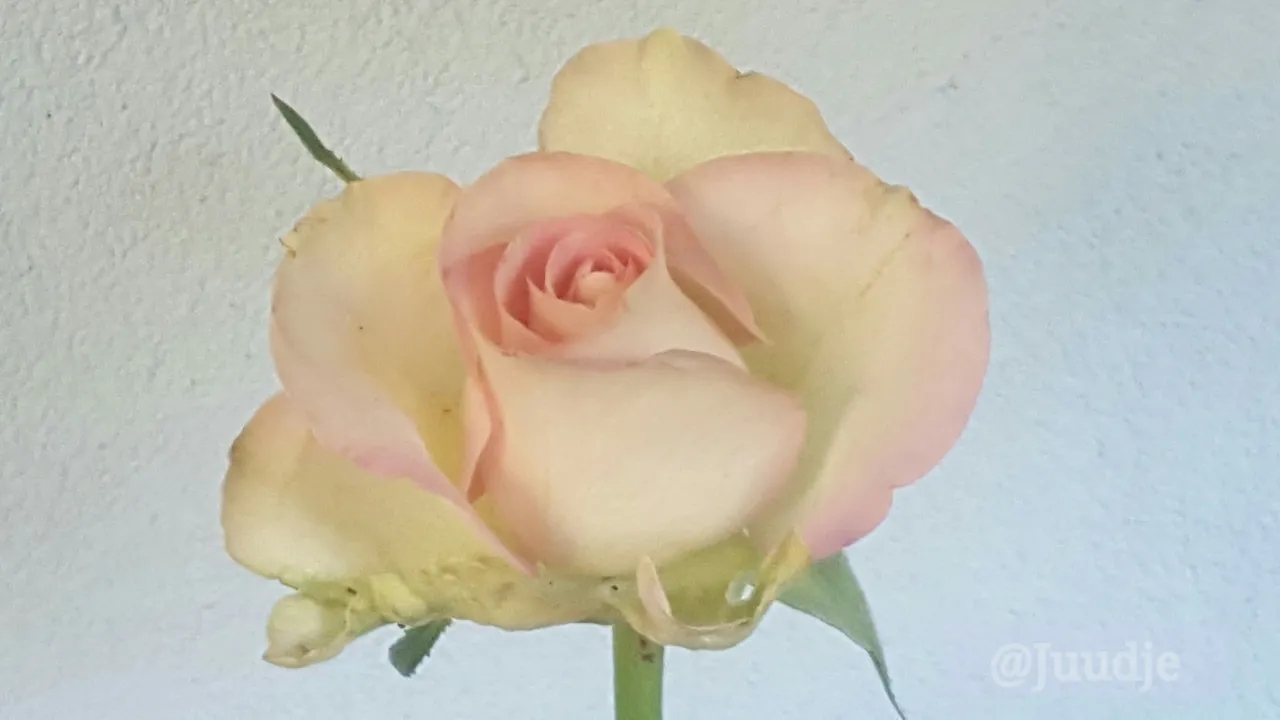
Recent rose research tells us:
Farnesol exhibits anticancer properties similar to ist monoterpenic hoologue geraniol. In animal studies tumor regression has been observed when both compounds were administered after an onset of the tumor larger than 2 mm in diameter. Farnesol is also effective in leukimia cell growth. Farnesol is a naturally occuring component of essential oils, such as jasmine, YlangYlang, Rose and Neroli.
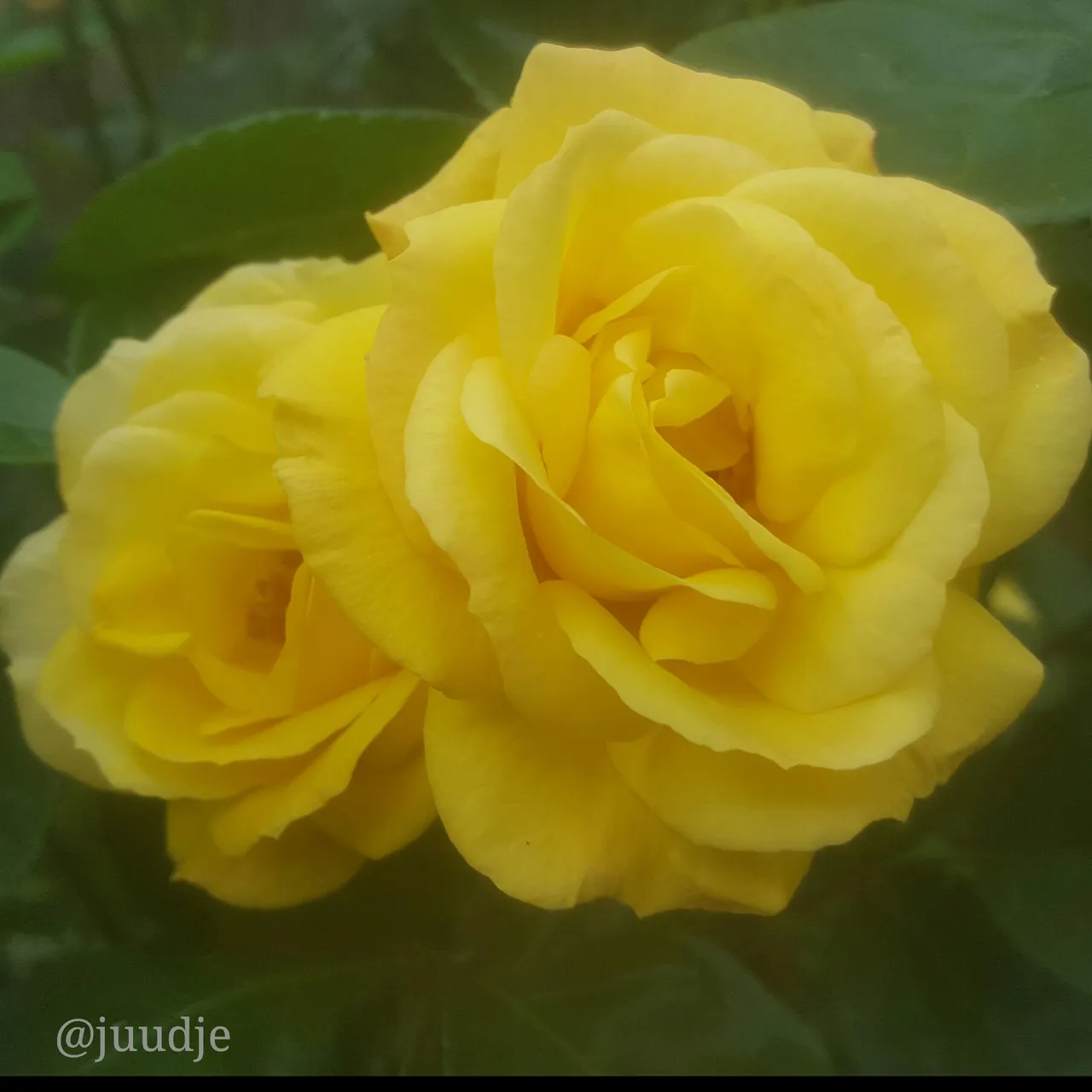
And to end this rose otto tail…..there are more than 300 compounds to be found in rose oil and only a couple of them make up for the typical rose scent; these are synthesised in labs. If you use a synthesised rose essence you miss out on alle the other components that make this such a strong therapeutic oil.
(all photo's used are my own, mostly from my garden)
Wishing all Steemians a wonderful 'smelly sunday' and i am looking forward to your #scent posts!
